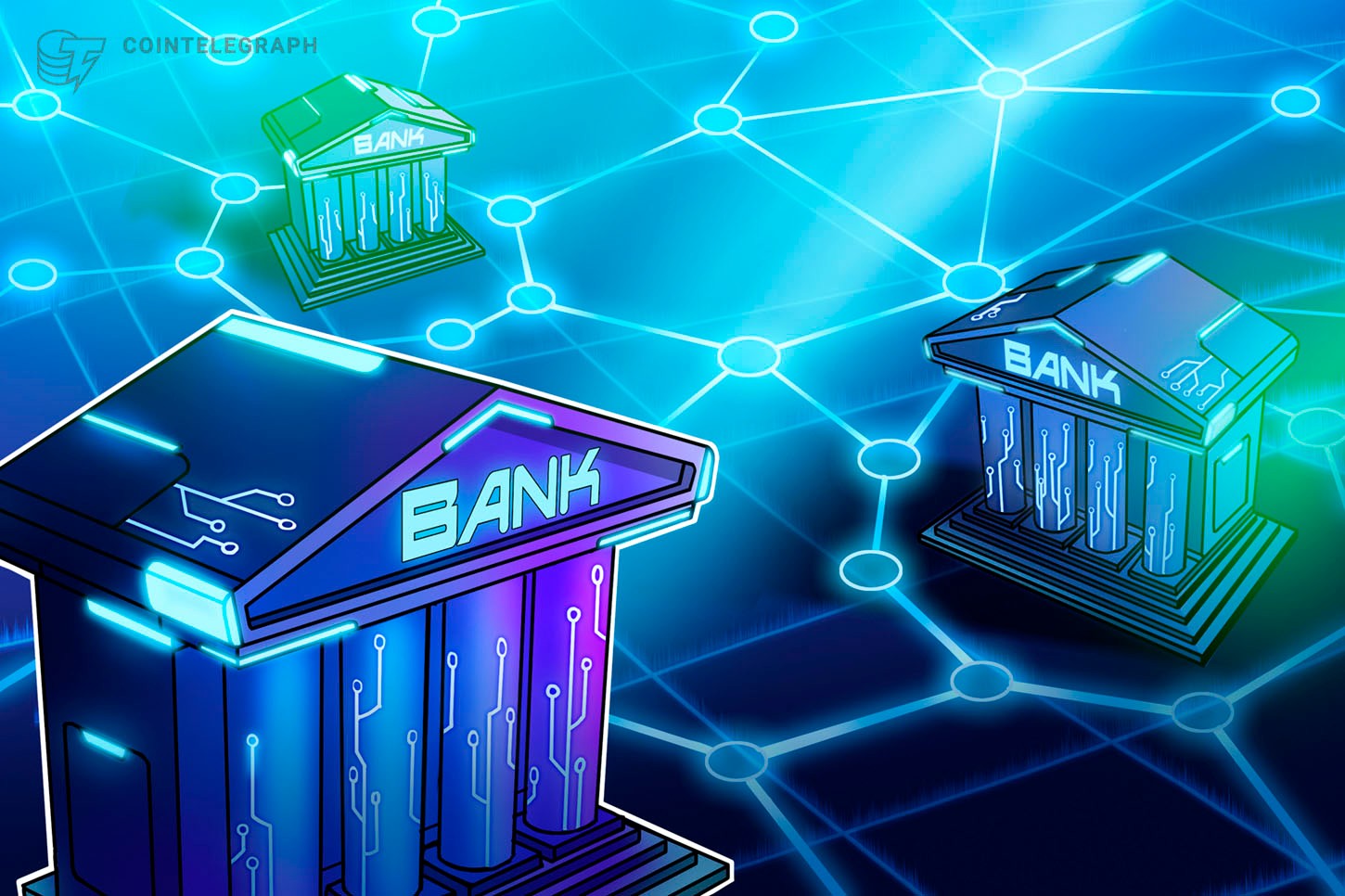As multiple banks prepare crypto custody services, holders now have to flip an old Bitcoin saying on its head: are the banks prepared to be their own (and others') bank?
Last week BNY Mellon, the oldest bank in the United States, announced they would be providing custody solutions, ceding to pressure from institutional investors. Likewise, documents from December indicate that Deutsche Bank is also planning a custody solution, along with trading and token issuance services.
However, while both banks are well-established and have experience handling a wide range of assets, that doesn’t necessarily mean they’re prepared for crypto custody.
“Digital assets are totally different than traditional assets like bonds, stocks, and treasury bills. Digital assets are decentralized by design and their ownership is therefore relying on a totally different model that cannot reuse the existing centralized infrastructure of the traditional banking world. To custody crypto assets you need a brand new infrastructure in place,” said Jean-Michel Pailhon, the vice president of business solutions at Ledger in an interview with Cointelegraph.
Even for institutions that are crypto-native, custody is extremely complex. Just last year the crypto exchange KuCoin suffered from a hack that netted the attacker over $200 million. Having custody over large sums creates an attractive honeypot for would-be attackers, and according to experts not even many major crypto exchanges approach custody security properly.
“Only a few crypto exchanges like Kraken, Gemini and Binance are investing a lot of money to prove proper internal controls over their personal private keys management protocols,” Dyma Budorin, co-founder and CEO of Hacken told Cointelegraph last year.
If the big banks want to approach security right, they effectively have three options, said Pailhon.
“They can contract with an existing regulated custodian, they can build their own custody infrastructure and get it regulated, or they can buy a custody technology from a vendor and use it and get it regulated.”
Particularly if the banks opt to build their own solutions, the expenses and time can pile up quickly. The banks will have to hire dedicated developers, “allocating large investments for infrastructure” including data centers and servers, and run the regulatory gamut — a process that alone can take “6-12 months.”
“The level of efforts and investments required to provide an institution with an enterprise-ready self custody solution is substantially higher than for an individual. It requires slightly different technologies and governance processes to secure billions of dollars in digital assets,” he added.
Regardless of the route the banks take, Pailhon says that it's a sign of crypto’s growing legitimacy that banks like BNY Mellon want to provide custody solutions. Additionally, as crypto’s total marketcap grows and the value of assets for institutions and even some individuals soars, secure custody solutions will become increasingly important.
“You can’t protect 5, 10, or 50 billion dollars in bitcoin with a garage-based server or an air-gapped computer located in a bunker in the Appalachian mountains. You have to put in place a fully redundant, resilient, secure, certifiable, and auditable custody infrastructure that can scale and empower millions of users and support hundreds of thousands of digital asset transactions in a month. The future success and adoption of digital assets and of the digital asset management industry will depend on this.”


